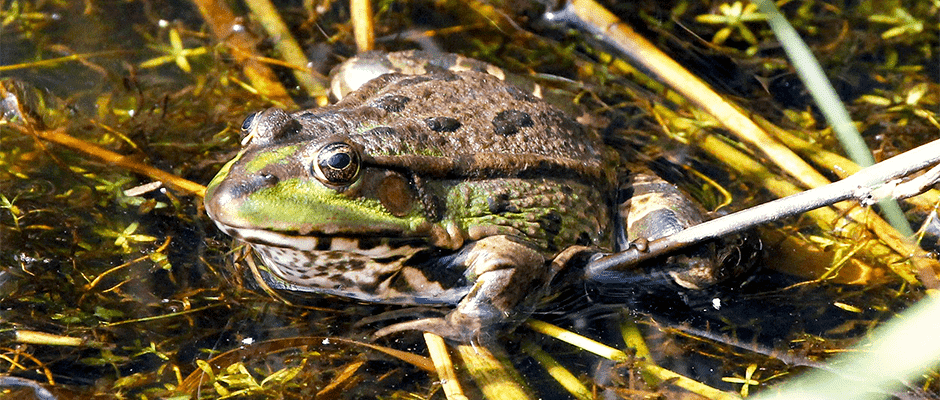Share this article
New invasive species increase globally
The number of newly emerging alien species is increasing globally, according to new research.
The study was part of a larger project in which a group of colleagues pulled together information on alien distribution throughout the world. Many co-authors were experts on different types of species.
“We need better quantification of exactly how much we’re affecting the natural world and how we’re changing it,” said Tim Blackburn, a professor of invasion biology at University College London and co-author of the recent study published in the Proceedings of the National Academy of Sciences.
In a study published last year, they found that overall, alien species were massively increasing over time. In this follow up study, they teased apart patterns of these occurrences. “Are we just getting the ongoing spread around the world of the same few invasive species introduced for the last few centuries, or are we continuing to see new species we had never seen before as aliens appearing?” Blackburn said.
What the team found was unexpected. “Around a quarter of these new occurrences in the last five years have never been seen anywhere in the world before as aliens,” he said. These species may be moved deliberately, through the pet trade for example, or just accidentally caught up in international trade, attached to boats or car tires.
“These things just hitchhike in the weirdest ways,” he said. The Asian tiger mosquito (Aedes albopictus), which carries diseases, was recently detected in Italy, Blackburn said, probably after hitching a ride on a consignment of car tires.
The arrival of these new invasives is a big concern, Blackburn said, since the way biosecurity deals with alien intrusions is through a watch list of species that have known to be a problem elsewhere. With about a quarter of the species having never been detected elsewhere, he said, “we need different ways to try and prevent incursions of species and understand which ones are going to be problematic.”
In the paper, Blackburn and his colleagues also found that as new trade routes for goods and products increase, there are more areas for species to be moved from.
“As we increasingly globalize, we’ll continue to see more and more alien species appearing unless we implement some strict rules and regulations about how we move stuff and improve our biosecurity in general,” he said.
Header Image: The marsh frog (Pelophylax ridibundus) is one of the most pervasive amphibian invaders in Western Europe. ©Tim Blackburn








